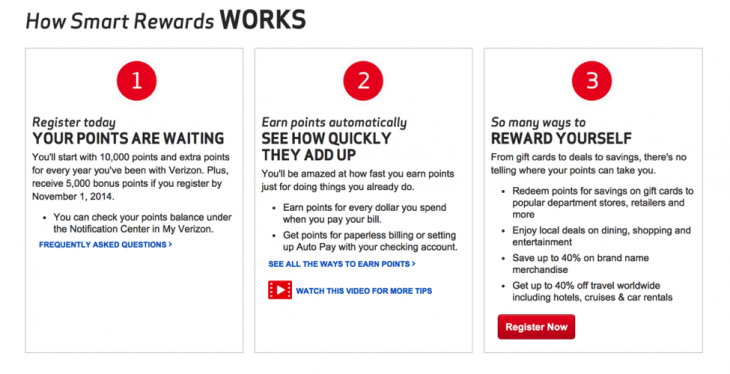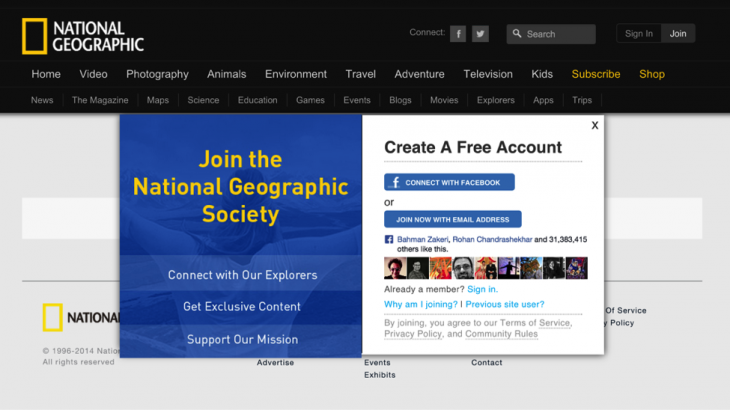
This article originally appeared on the Gigya blog.
The competition for audience connections is fierce — and that’s an understatement. While human attention spans are getting shorter, the world wide web is still as massive as ever. Banner blindness — the fact that people ignore anything that looks like an ad — is the new norm, and forward-thinking companies are coming up with increasingly creative ways to captivate and engage their web visitors.
It’s tough to keep up. It’s even tougher to stand out.
That’s why today’s most successful brands are connecting with prospects on a 1:1 basis. Marketing teams are joining forces with innovative IT leaders to analyze and act upon user-level data at unprecedented levels of scale.
The idea is simple — the more than you learn about your audiences, the more you can empower them in their buying journeys. In other words, marketers and IT leaders are wielding a blend of empathy and technology to drive revenue.
A key example of this concept in action is Amazon. Recommended products are a key part of the ecommerce giant’s value proposition. Amazon can study their customers’ patterns and reach them with the right message at exactly the right time in their buying journeys.

Technology giants like Amazon make this process look easy. But it’s not. Product recommendations and personalized website features arise from volumes upon volume of data. It can take years to develop a 360-degree view of your customers.
That’s why it’s important to boost registration conversions — and engagement — as soon as possible.
Why registration data is the ultimate customer story tool
User registrations are the ultimate tool for optimizing ROI because they allow marketers and IT leaders to form a complete customer picture — on an authentic, human level. Unlike Web cookies, which are browser based, user registrations are people-based.
This is important for two reasons:
- The digital landscape has quickly evolved into a cross-device, cross-platform world. Your website visitors are engaging with your brand across a variety of devices. Web cookies fail to capture this full customer journey.
- Registration data allows brands to create comprehensive historical records about what their audiences care about most. While web cookies — through Google Analytics, for instance — expire, registration data lives in.
The first step to building these customer story involves — well, getting users to register. Here are 3 refreshingly simple tips to guide you.
Step 1: Provide a clear value proposition
As Susan Kuchinskas puts it, “consumers care about privacy, but they’re also willing to share information with brands — as long as they get something in return.” According to a recent Accenture survey, consumers are open to having their buying behavior trackedin exchange for offers and promotions.
When asking audiences to register as a user on your site, you need to make the value proposition crystal clear. Remember that at the end of the day, consumer behavior revolves around one fundamental question — “what’s in it for me.”
Your messaging should answer this question directly, in a clear and compelling way.
For inspiration, check out National Geographic, which offers free subscriptions. Not only can audiences see what they’re going to get from signing up — they can also see which of their friends are already involved with the site’s community.
Similarly, Angie’s List — a paid subscription service for authentic user reviews — communicates exactly what the site’s audience is seeking out: great deals, support, and unbiased customer reviews.
Angie’s List has positioned itself as a concierge to make it easier for consumers to research service providers.
When you have something compelling to offer, audiences will respond. Long story short, your messaging should communicate how your brand can help audiences (1) save money, (2) make money, and (3) make more out of their ever-limited time.
Step 2: Reduce friction
Consumers don’t have the time or energy to deal with complicated sign-up processes. Their attention is already spread thin, with memberships with a variety of other platforms or services. Signing up should — literally — be as simple as one click.
One way to streamline the new user registration process is through social logins. Forbes, for example, deployed an experience that allows audiences to sign up using their LinkedIn, Facebook or Twitter profiles.
After implementing this feature, it reported an immediate, 100 percent increase in new sign-ups — of which, 67 percent came from registrations through social accounts. Now, almost half of Forbes’s audience base uses a social identity to log in.
Social Logins reduce friction by allowing customers to sign-up with already existing accounts. Instead of creating a brand new profile, audiences can ‘connect the dots’ between their favorite web experiences with one consolidated identity.
Step 3: Don’t stop with registrations
Sign-ups are only part of the monetization equation. To drive conversions, grow revenues, and create a well-defined analytics strategy, brands need to keep audiences engaged.
The process starts with answering the simple question — ‘what happens after the sign-up?’
For instance, Verizon created a gamification platform to incentive users with badges and points. More than 50 percent of Verizon’s visitors engaged with the gamified environment — with Social Login users spending 30 percent more time and browsing 15 percent more pages on the site (than audiences using regular login features).

People registered because they were excited by the prospect of what would happen after the registration process — a fun, community environment.
Every brand’s conversion strategy will be different. The key to getting started is to learn as much as you can about your audience. What do they value? What are their biggest pain points? What inspires and delights them? The more you listen, the more empowered you’ll be to stay creative, ahead of the curve, and connected with your audiences.
Read next: 8 affordable tools to help optimize for conversion and understand your users better
Featured image credit: Picjumbo
Get the TNW newsletter
Get the most important tech news in your inbox each week.






